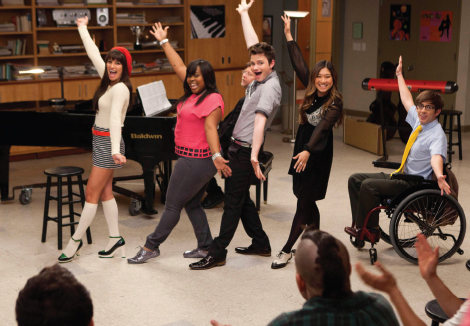Case Study
CASE STUDY
The Effects of TV in a Post-TV World
Since TV’s emergence as a mass medium, there has been persistent concern about the effects of violence, sex, and indecent language seen in television programs. The U.S. Congress had its first hearings on the matter of television content in 1952 and has held hearings in every subsequent decade.
In its coverage of congressional hearings on TV violence in 1983, the New York Times accurately captured the nature of these recurring public hearings: “Over the years, the principals change but the roles remain the same: social scientists ready to prove that television does indeed improperly influence its viewers, and network representatives, some of them also social scientists, who insist that there is absolutely nothing to worry about.”1
One of the central focuses of the TV debate has been television’s effect on children. In 1975, the major broadcast networks (then ABC, CBS, and NBC) bowed to congressional and FCC pressure and agreed to a “family hour” of programming in the first hour of prime-time television (8-9 P.M. Eastern, or 7-8 P.M. Central). Shows such as Happy Days, The Cosby Show, and Little House on the Prairie flourished in that time slot. By 1989, Fox had arrived as a fourth major network and successfully counterprogrammed in family hour with dysfunctional family shows like Married … With Children.

The most prominent watchdog monitoring prime-time network television’s violence, sex, and indecent language has been the Parents Television Council (PTC), formed in 1995. The lobbying group’s primary mission is to “promote and restore responsibility and decency to the entertainment industry in answer to America’s demand for positive, family-oriented television programming. The PTC does this by fostering changes in TV programming to make the early hours of prime time family-friendly and suitable for viewers of all ages.”2 The PTC (through its Web campaign) played a leading role in inundating the FCC with complaints and getting the FCC to approve a steep increase in its fines for broadcast indecency.
Yet, for the ongoing concerns of parent groups and Congress, it’s worth asking: What are the effects of TV in what researchers now call a “post-TV” world? In just the past few years, digital video recorders have become common, and services like Hulu, YouTube, Netflix, iTunes, and on-demand cable viewing mean that viewers can access TV programming of all types at any time of the day. Although Americans are watching more television than ever before, it’s increasingly time-shifted programming. How should we consider the possible harmful effects of prime-time network television given that most American families are no longer watching during the appointed broadcast network prime-time hours? Does the American public care about such media effects in this post-TV world?
These days, the Parents Television Council still releases their weekly “Family Guide to Prime Time Television” on their Web site. A sample of their guide from May 2013, for example, listed no shows as “family-friendly,” while Fox’s hit program Glee earned a red light designation because it “may include gratuitous sex, explicit dialogue, violent content, or obscene language.”3 Of one episode, a PTC spokesperson said, “The gist of the show was lap dances with students are cool, the celibacy club is not, and when it’s presented in that way, it really cheapens whatever discussion there is about consequence and responsibility.”4
Of course, as television viewers move away from broadcast networks and increasingly watch programming from multiple sources on a range of devices, the PTC’s traditional concern about prime-time network viewing can seem outdated. In 2012, the PTC announced it was giving its seal of approval to the Inspiration Network cable channel “for programming that embraces time-honored values.”5 The channel’s lineup featured shows like The Waltons; Dr. Quinn, Medicine Woman; Little House on the Prairie; and Happy Days–all shows from an era decades before our post-TV world. 